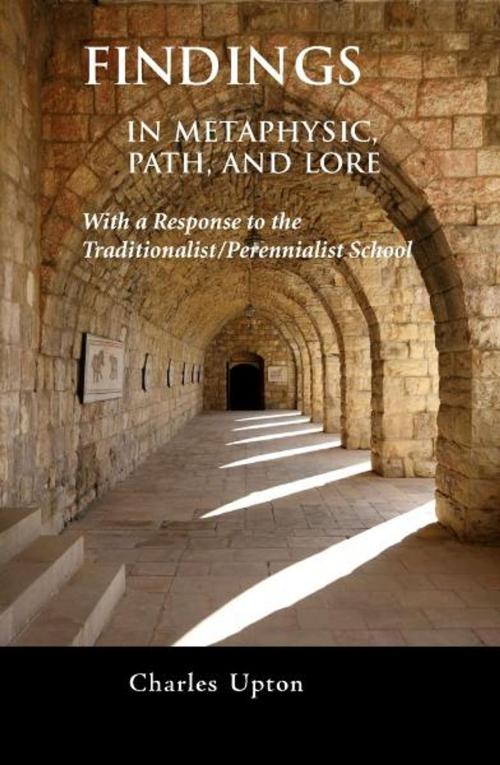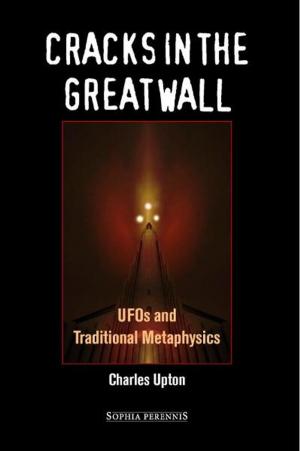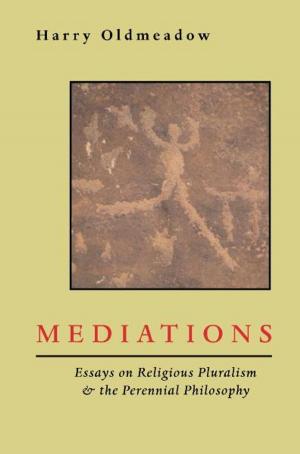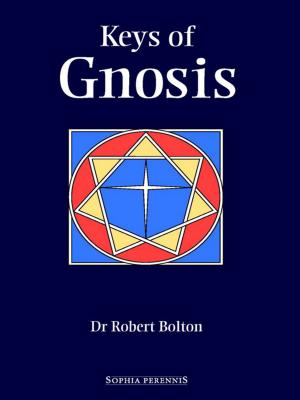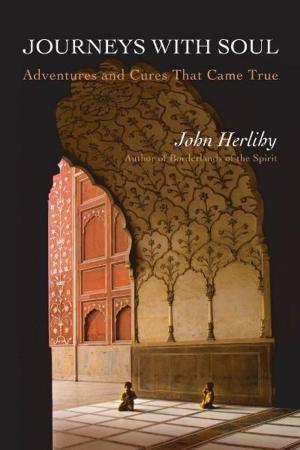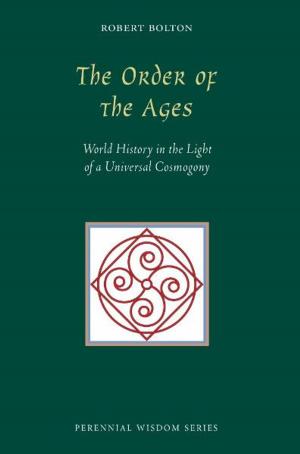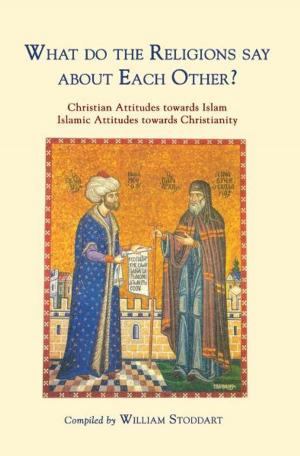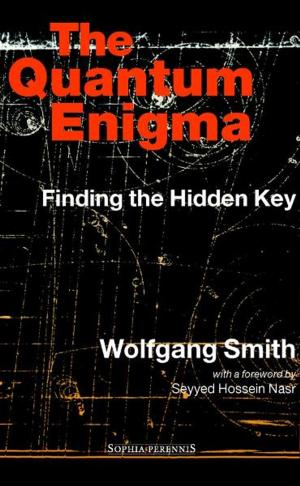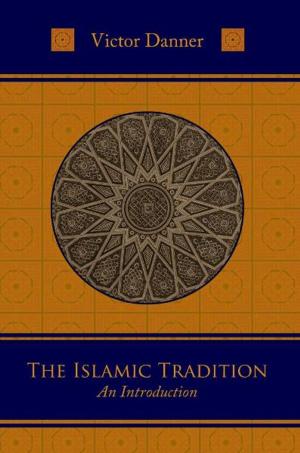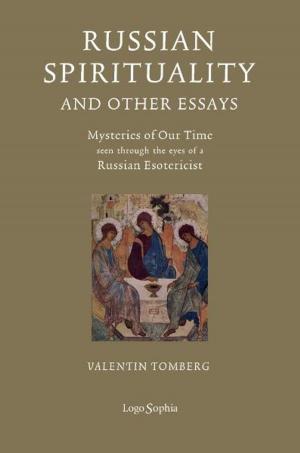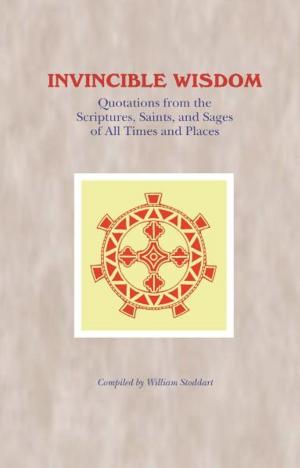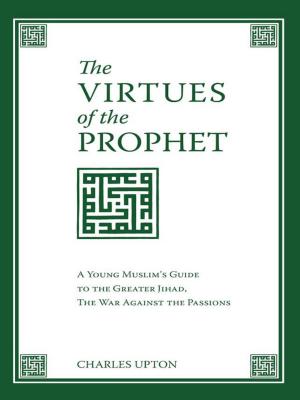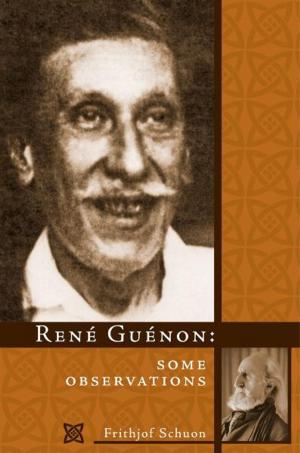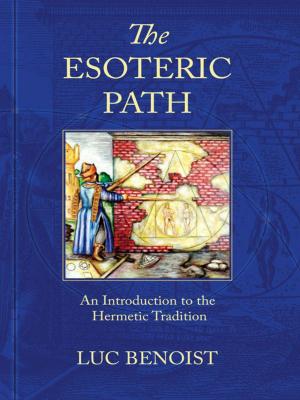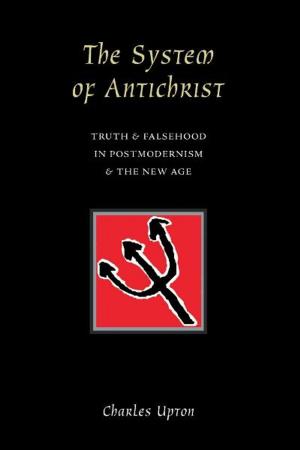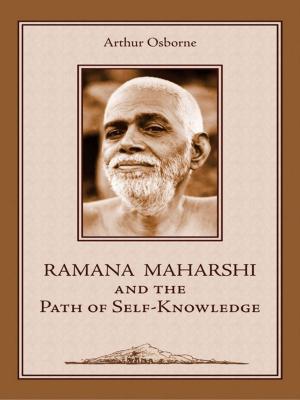| Author: | Charles Upton | ISBN: | 9781597319560 |
| Publisher: | Sophia Perennis | Publication: | March 11, 2010 |
| Imprint: | Sophia Perennis | Language: | English |
| Author: | Charles Upton |
| ISBN: | 9781597319560 |
| Publisher: | Sophia Perennis |
| Publication: | March 11, 2010 |
| Imprint: | Sophia Perennis |
| Language: | English |
The Traditionalist or Perennialist School of metaphysics, esoterism, and comparative religion, ‘founded’ by René Guénon and Ananda K. Coomaraswamy, and carried on by such figures as Frithjof Schuon, Titus Burckhardt, and Martin Lings, produced a body doctrine of rare depth and comprehension, effectively re-introducing to the modern and postmodern West the perennial wisdom of the human race. For the past twenty years, the author has immersed himself in these teachings, and made his own modest contribution to them. The three fundamental pillars of ‘classical’ Traditionalism/Perennialism are, (1) That God has sent more than one revelation to humanity, established more than one version of the Path by which the spiritual traveler may return to Him, each revelation being a providential branch of the great tree known as the Primordial Tradition; (2) That while certainly there is a Sophia Perennis, a unanimous and perennial wisdom given by God and transmitted from the dawn of humanity down to the present day, there cannot in our time be a Religio Perennis, a single universal doctrine and practice based on the Primordial Tradition; consequently the seeker must seek his vehicle among one of the living orthodox revealed traditions, not in some “revival” of a universal faith, or the fragments of it, from ages dead and gone; (3) Given that the present cycle of manifestation is rapidly approaching dissolution, the seeker’s perennial duty to break identification with the system of collective egotism known as This World, and give his allegiance to God Alone, must now be seen in light of the fact that This World is about to end. Some presently associated with the Traditionalist/Perennialist School, however, no longer hold to “classical Traditionalism/Perennialism” as I have defined it. I have written this book partly to articulate some of the basic tenets of the first two generations of the Traditionalist School, so as to provide interested readers with a relatively stable point of reference that will hopefully allow them to see just how, and how much, that School has changed in the first years of the 21st century.
The Traditionalist or Perennialist School of metaphysics, esoterism, and comparative religion, ‘founded’ by René Guénon and Ananda K. Coomaraswamy, and carried on by such figures as Frithjof Schuon, Titus Burckhardt, and Martin Lings, produced a body doctrine of rare depth and comprehension, effectively re-introducing to the modern and postmodern West the perennial wisdom of the human race. For the past twenty years, the author has immersed himself in these teachings, and made his own modest contribution to them. The three fundamental pillars of ‘classical’ Traditionalism/Perennialism are, (1) That God has sent more than one revelation to humanity, established more than one version of the Path by which the spiritual traveler may return to Him, each revelation being a providential branch of the great tree known as the Primordial Tradition; (2) That while certainly there is a Sophia Perennis, a unanimous and perennial wisdom given by God and transmitted from the dawn of humanity down to the present day, there cannot in our time be a Religio Perennis, a single universal doctrine and practice based on the Primordial Tradition; consequently the seeker must seek his vehicle among one of the living orthodox revealed traditions, not in some “revival” of a universal faith, or the fragments of it, from ages dead and gone; (3) Given that the present cycle of manifestation is rapidly approaching dissolution, the seeker’s perennial duty to break identification with the system of collective egotism known as This World, and give his allegiance to God Alone, must now be seen in light of the fact that This World is about to end. Some presently associated with the Traditionalist/Perennialist School, however, no longer hold to “classical Traditionalism/Perennialism” as I have defined it. I have written this book partly to articulate some of the basic tenets of the first two generations of the Traditionalist School, so as to provide interested readers with a relatively stable point of reference that will hopefully allow them to see just how, and how much, that School has changed in the first years of the 21st century.
